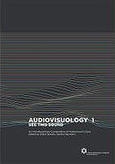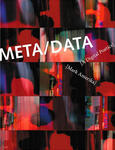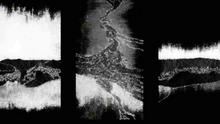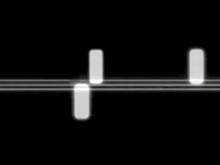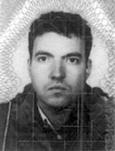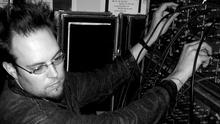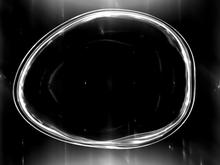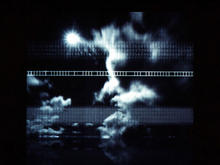Ryoichi Kurokawa
(1978) is a Japanese audiovisual artist. His works take on multiple forms such as screening works, recordings, installation and live performance.
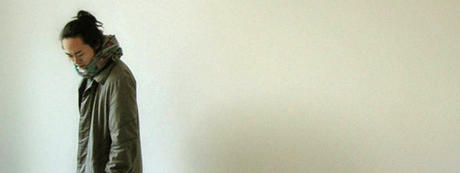
Ryoichi Kurokawa composes time based sculpture with digital generated materials and field recorded sources, and the minimal and the complexities coexist there. Kurokawa accepts sound and imagery as a unit not as separately, and constructs very exquisite and precise computer based works with the audiovisual language. That shortens mutual distance, the reciprocity and the synchronization of sound and visual composition.
He also performed live-visual for musicians such as HUMAN AUDIO SPONGE (ex.YMO: Sketch Show and Ryuichi Sakamoto).
In recent years, Kurokawa is invited to numerous noted international festivals and museums in Europe, US and Asia including TATE MODERN (UK), ARS ELECTRONICA (AT), transmediale (DE), Shanghai eARTS (CN), MUTEK (CA), TodaysArt (NL) and SONAR (ES) for concert and exhibition, and he continues to be an active presence on the international stage.
Source: Ryoichi Kurokawa's website
